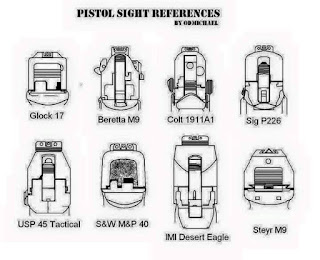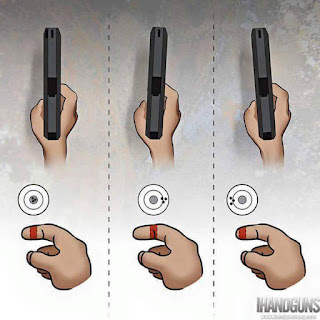A Sub-$700 Colt M4? The 5.56mm Colt Expanse. Full Review.

The
stripped down to the basics, the Expanse gives shooters an M4-style AR
with the pony on the side and at an affordable price. Image courtesy of
the manufacturer.

The CE1000 variant of the Expanse does not come with a forward assist button or dustcover door, but both can be added easily.
In fact, the first AR-15 I ever purchased was a Colt, because all of the other platforms were just wannabe copies in my mind. The Colt AR-15 was “The Real Thing.” The choice was like Coke versus the Always Save house brand of “Cola.” As time passed, other companies began to improve their platforms, while Colt began to take actions that indicated a questionable level of interest in the wants of the consumer market.
It started slowly and then got ridiculous. Colt changed the bolt carrier so that it would not trip an auto sear. Then they changed the size of the pin so that the holes were the wrong size to accept standard parts. The company decided that we could have a gun, but we could not put a bayonet on it. It also took the flash suppressor off because it made the rifle too dangerous.
Colt was living off of government contracts and borrowed money, and no longer had a fiscal need for the civilian market; it would slip us a few guns, but they were coasting along, avoiding the product-sharpening whetstone of the free market’s influence. To add injury to—well, injury—each of these iterations seemingly came with a complimentary price increase every year! All this time, more and more companies were producing ARs with the features customers wanted, and at very good price points. Thanks, capitalism! And, while Colt has made moves in recent years to get back into the civilian market, these lower-priced competitors were a constant thorn in the side of these efforts.
The Future of Colt
In late 2015, Colt announced that it was pushing back into the consumer market in a big way. Its program was based on a three-step strategy. Step One: Reduce the cost of inventory in the system. Step Two: Cut the price of the most popular models until the retail price is competitive with others in the market; eliminate the heavy premium for the pony on the side of the gun. Step Three: The most controversial part of the plan; only sell to stocking dealers. This requires the dealer to keep Colts in stock rather than merely ordering from Colt individually as needed. This third step was intended to boost sales by getting them into buyers’ vision and hands while they’re in the store browsing.SPECS
- Chambering: 5.56mm
- Barrel: 16.1 inches
- OA Length: 32-35.5 inches
- Weight: 6.44 pounds
- Stock: Collapsible
- Sights: Rear, none; front, winged post
- Action: Direct gas impingement
- Finish: Matte black
- Capacity: 30+1
- MSRP: $699 (CE1000), $749 (CE2000)
Looking Toward Tomorrow
I received a CE2000 for testing and evaluation. When the Colt CE 2000 arrived, I unpacked it from its cardboard box and pulled out the gun that I believe to be the future of Colt as its combination of low price point and the pony on the side should really help it stand out in the market today. The rifle came equipped with one Colt metal 30-round magazine with a green follower. The buttstock is collapsible with four positions from which to choose. The top of the upper receiver is railed, allowing for optics or rear sights to be added. No carry handle/sight rear sight assembly is included. The upper and lower receiver are comprised of 7075-T6 aluminum and have a black, hard-coat anodized finish.Amongst the internals are a few nice surprises, starting off with a bolt carrier with a properly staked gas key. The charging handle is a basic part that fits and works as expected. When I examined the lower, I found a low-mass hammer that serves to reduce lock time. The first of these types of low-mass hammers I encountered was a JP Enterprises “Speed Hammer” on a rifle that cost $3,000.00 several years ago. The hammer spring is coated in a blue substance—I suspect to mark it as a low-mass hammer. The trigger and sear look to be standard issue for the AR-15 platform, but the fit and finish are excellent.
I proceeded to cycle and dry-fire the Expanse to get a feel for the gun and its controls. I immediately noticed that the trigger was excellent for a service rifle. I broke out my digital trigger-pull gauge and discovered that it broke consistently at 4 pounds, 10 ounces. If not for the gauge, I would have guessed it was closer to 3 pounds. There was a minimal amount of take-up with zero creep and a crisp break with the tiniest amount of over-travel. The reset was short but perceivable. Simply put: This trigger felt like it belonged on a much more expensive gun and was not what I have come to expect on a rifle in this price range.
A Real Gun at a Real Price

Amongst the internals are a few nice surprises, starting off with a bolt carrier with a properly staked gas key.
On The Range
I tried to develop a plan for the Colt Expanse M4 that would test it in a way commensurate with what the gun is designed to be. I installed an A2-style carry handle, complete with two sizes of apertures that were adjustable for windage and elevation. To take advantage of the 1/7-inch twist rate of the barrel, I went with the Aguila 62 grain 5.56 X 45 full metal jacket boat tail long-range performance ammunition. The 1/7 twist rate would work to stabilize rounds all the way up to 77-grain projectiles.When I got to the range, I unpacked my Caldwell Lead Sled Solo Rifle Rest and Aguila 62-grain ammunition. It was time to see what the rifle would deliver from the bench. After a few zero-shots, I switched to a M16A1 25m Qualification Target that I like to use from 100 yards. This target is a sheet of differently-sized targets that work well for open sights, red dots and magnified optics.

The
author used an M16A1 25m Qualification Target at 100 yards and produced
a four-round group that fit within the 1-inch inner circle.
I loaded 10 rounds up and did a walking fire drill from 50 yards, and was able to get all 10 rounds to fit in a circle the size of a pie plate. This confirmed that the rifle was able to perform when driven hard. This gun just wanted to be shot hard and fast. I loaded up the 30-round magazine and ran it hard, followed by a repeat. The handguards may not be the latest KeyMod, super-cool model, but they worked to keep my hands from needing gloves. I noticed that the gas tube heated up and had some discoloration near the gas block.
By the end of the day, there had only been one hang up: I should have brought more ammunition! The gun was fine. It did everything I asked without so much as a hiccup. There was no shake, rattle or even a loose pin on the Colt when the day was over. This was the Colt quality I grew up with! I stress the quality here because of an incident I experienced recently while I was doing some training with a team that was proud to show off their new rifles. Before the day was over, one of them went down when the trigger pin came out. All of the operators were grabbing gloves throughout the exercises because the super-low-profile slotted handguards were way too hot to hold after only a few rounds. These rifles were of a brand that you would recognize, but I am bound by my training agreement to not discuss details. In this market, quality is as important as pricing and features.
The Future Looks Bright
If the full line that Colt is bringing to retail is going to offer high quality at a competitive price, then the road to recovery will be a win for both Colt and the consumer. I will be the first to acknowledge that Colt brought many of its problems on itself by abandoning loyal civilian customers. I am not advocating for charity, just good old-fashioned free market competition. I predict that this horse will be in the winner’s circle with the Colt Expanse M4.For more information, visit http://www.colt.com/.

The
author tested the CE2000 variant of the Expanse that comes with the
forward assist and dustcover door. He added the carry handle/rear sight
system.


























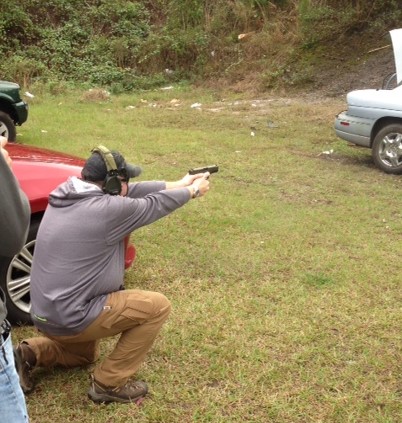
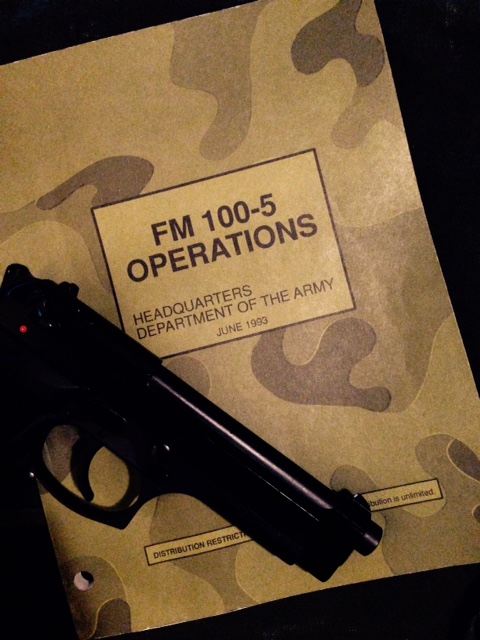
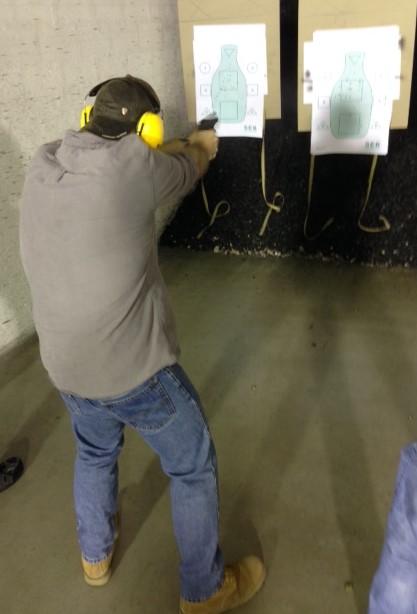
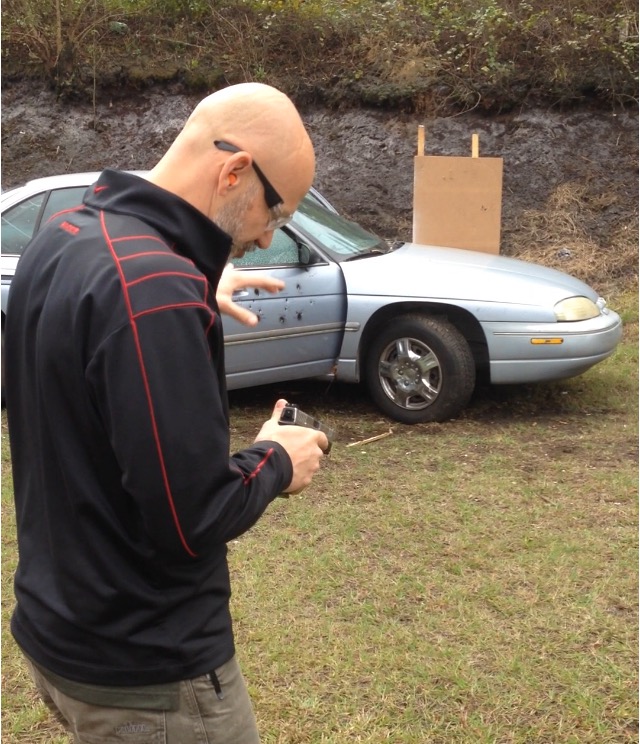

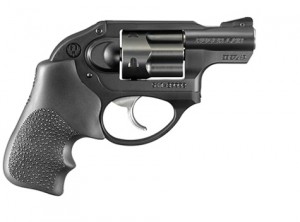 The
Ruger LCR gets high marks for shooters with low hand strength. The LCR
stands for “Lightweight Compact Revolver” which would lead you to
believe it fits at least a few of our criteria right off the bat. It
does.
The
Ruger LCR gets high marks for shooters with low hand strength. The LCR
stands for “Lightweight Compact Revolver” which would lead you to
believe it fits at least a few of our criteria right off the bat. It
does.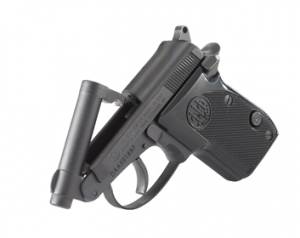 The
Beretta Bobcat is another compact and lightweight entry for seniors who
may have difficulty racking a slide or holding a heavy handgun steady
on target. Designed to serve as a lightweight pocket gun, the Bobcat
naturally solves many of the issues facing seniors.
The
Beretta Bobcat is another compact and lightweight entry for seniors who
may have difficulty racking a slide or holding a heavy handgun steady
on target. Designed to serve as a lightweight pocket gun, the Bobcat
naturally solves many of the issues facing seniors.
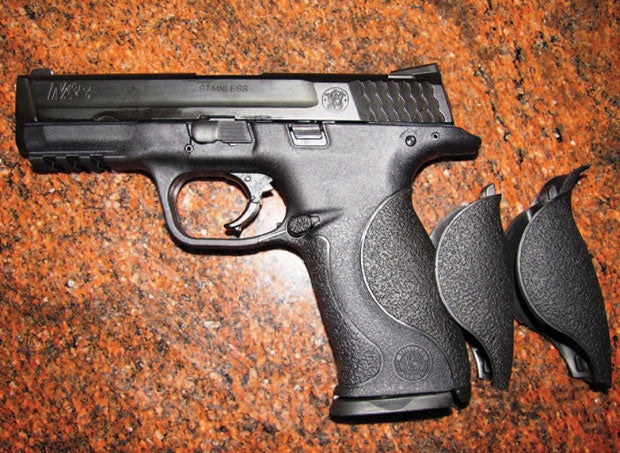 The
M&P series is well-known for delivering a high bang-for-the-buck
factor. For those with arthritis and or other issues that may affect
their grip strength, the M&P also offers adjustable back straps to
better fit your hand.
The
M&P series is well-known for delivering a high bang-for-the-buck
factor. For those with arthritis and or other issues that may affect
their grip strength, the M&P also offers adjustable back straps to
better fit your hand.
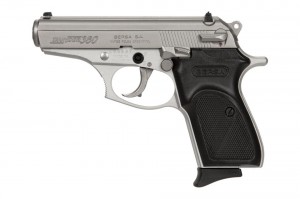 The
Bersa Thunder is a very popular gun for a laundry list of reasons. This
gun is small, high quality, easy to operate, and last but not least
inexpensive.
The
Bersa Thunder is a very popular gun for a laundry list of reasons. This
gun is small, high quality, easy to operate, and last but not least
inexpensive.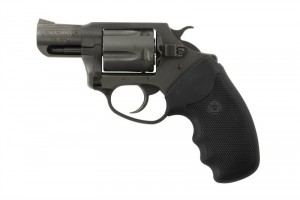 When
it comes to self defense weapons that are safe, straightforward, and
easy to shoot, it’s hard to beat the good old fashioned snub-nose
revolver.
When
it comes to self defense weapons that are safe, straightforward, and
easy to shoot, it’s hard to beat the good old fashioned snub-nose
revolver.






